What is the PNG File Format?: You Need to Know, What Works and Why
PNG is the short form of portable network graphics which is the most frequently used image format both online and offline. Generally, PNG format is a raster graphics file format and it supports lossless data compression. This image file type comes into the limelight in the mid-1990s as a replacement for GIF. Today, we can see images and visual content all over the internet and on social media. Graphic design and all types of design elements work to improve our imagination with images. A single image is not only cared about its view or the object it includes but also the image file format should also be considered before preparing the image for the final presentation. Two types of image file formats are commonly used at present. One of them is PNG and the other is jpg. But PNG is indeed the most used format as you have to use it in whatever you would do with an image. As PNG is a lossless data format which means it remains the same before and after compression, it is a helpful solution for image content designers to keep their file format as same as it was before.
Categories of Image File Format
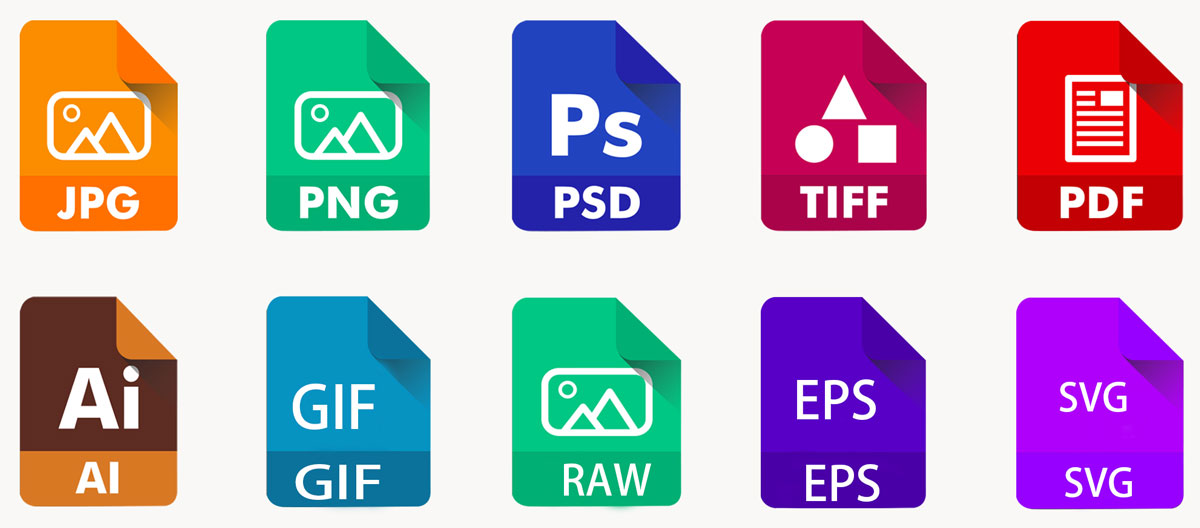
Whether you are a designer or not, you must know about preparing an image file in the specific format that you need. Choosing the right file format is so crucial based on your working type because it is as important as the whole work you have done. There are so many types of image file formats out there according to the need of sharing images in different sectors. You also realize the difference between a native file format and an image file format if you want to go smoothly. As you are here to gather some knowledge about the PNG file format, we’re offering you some extra options which you must have in your mind. Here are some different types of image file formats,
JPG stands for the joint photographic group
GIF stands for the graphic interchange format
PNG stands for portable network graphics
TIFF stands for the Tagged image file format
RAW stands for Raw image format
PSD stands for Photoshop document
SVG stands for scalable vector graphics
EPS stands for Encapsulated PostScript
PDF stands for portable document format
AI stands for Adobe Illustrator file format
Those are the different format types of images and they are used on most bases. Not all those file formats are the same, they are different based on the data compression, vector to raster, and some other issues. From the category seen above, we can say that JPG, GIF, PNG, TIFF, RAW, and PSD all are all raster image formats as they are used to save, share, and edit raster image files. SVG, EPS, PDF, and AI are generally used in vector file formats.
How to Choose the Right Image File Format?
There are specifications for using an image format in specific projects. Sometimes you may have to use jpg and sometimes you may have to use PNG instead of jpg. There are a few factors that work behind saving an image file in a specific format. They are,
Image Types
First of all, you have to consider the image you are working on, what type of image it is? Is it a raster image type or vector? Well, if you are new to this topic, then you must have to recognize raster and vector images.
What are Raster and Vector Images?

In this modern world we are living, the visual image contents we are seeing everywhere, all are a simple part of a raster or vector image. Some of them are rasters and some of them are vectors, but what does that mean with that raster and vector? Well, a raster image refers to an image that is made with pixels of color. You may be familiar with pixels they are the structure material of every raster image. Sometimes we called about image quality and used high-quality or low-quality for the images. An image that looks high quality means they have a high grid of pixels and it carries much more pixels per inch. Conversely, the images you called lower quality to see means it has fewer pixels per inch. So, it is clear that raster images are resolutions or pixel-dependent. If you want to resize a raster image to make its size higher or lower than it was, you have to do image manipulation or remove pixels from it. Unlike a raster image, vector images are standard and scalable as they are made of lines and shapes which can be mathematically measured. It used mathematical formulas to define shapes, curves, and paths. That’s why you can make a vector image as large as you want by zooming and it won’t be fractured like a raster image. Although, vector and raster images have many other options that you should know to gain a proper view of both of them. Then you should learn more about raster and vector images.
When You Should Use PNG?
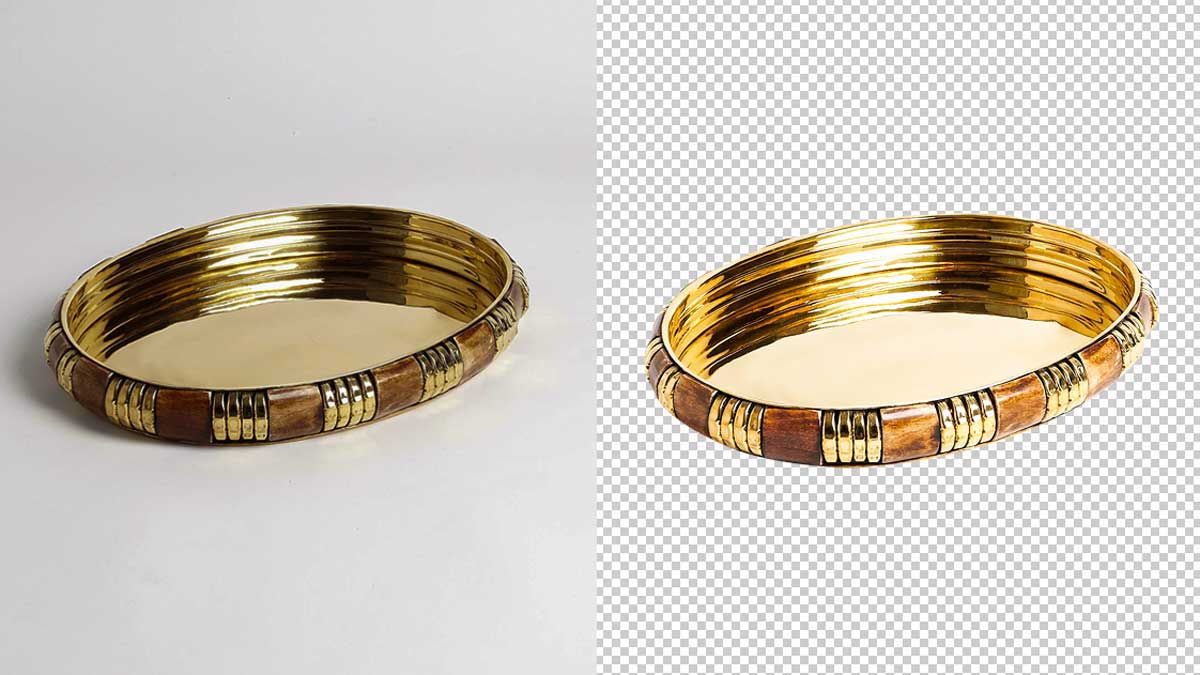
We have gained a little knowledge about PNG and other image file formats above. And now, we would know when and why we should use the PNG file format. As there are so many types of image file formats we see above, not all of them can be used everywhere. Moreover, they are specific in their use and application types. Experts are likely to use PNG file format for various reasons, because of its portability, completeness, loss of lessness, flexibility, and freedom of legal restriction professionals choose these file extensions instead of others. The main advantages of using PNG file format are,
Lossless Compression
PNG file format supports lossless data compression which means the original data can be perfectly reconstructed to the compressed data file. The image file that is saved with a PNG extension won’t lose detail and quality after image compression. That means the data structure would remain the same before and after editing a PNG image file.
Color Support
PNG image file supports a huge number of colors to apply to different types of digital images. You can use any color you want in any image if the image is saved with a PNG extension.
Transparency
PNG supports the transparency of digital images in many transparent areas. You can apply a transparent background in any PNG file format image that you want. Sometimes you can be satisfied with the color of your image background. During that time, you would need to use a transparent background to look at the image in the way you want. This is why the clipping path and experts use it to save their images in a PNG file.
Image Editing
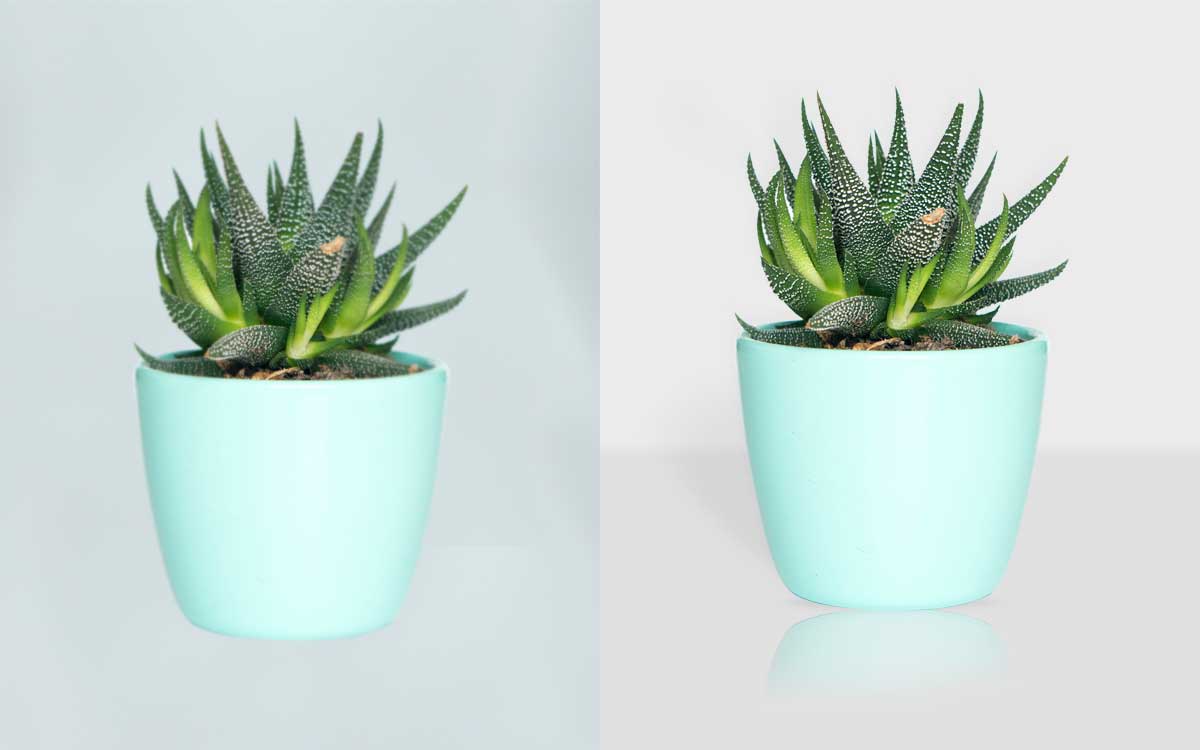
All types of image editing processes require PNG format in the image to edit smoothly. Because PNG format shows all types of editing processes perfectly and gives a better view, all editing works like logo design, banner design, photo editing, and photo retouching need to go through PNG files in the process.
Fine Points
PNG format is ideal which image has texts, lines, and shapes in it. It can show each point containing the image clearly and also each sharp edge keeps transparent enough.
Small File Size
for some specific sectors, where you need to keep the image file as small as possible. Like images used on websites or online, they must be small in their size otherwise, it will take much time to load those images. If websites include images that take top time for loading, there are chances to distract visitors from the site because of bad image loading. That’s why web images need to be small in their size and the best solution, in this case, is PNG format. You can transform PNG files so small to make them best for web graphics.
When You Should Not Use PNG?
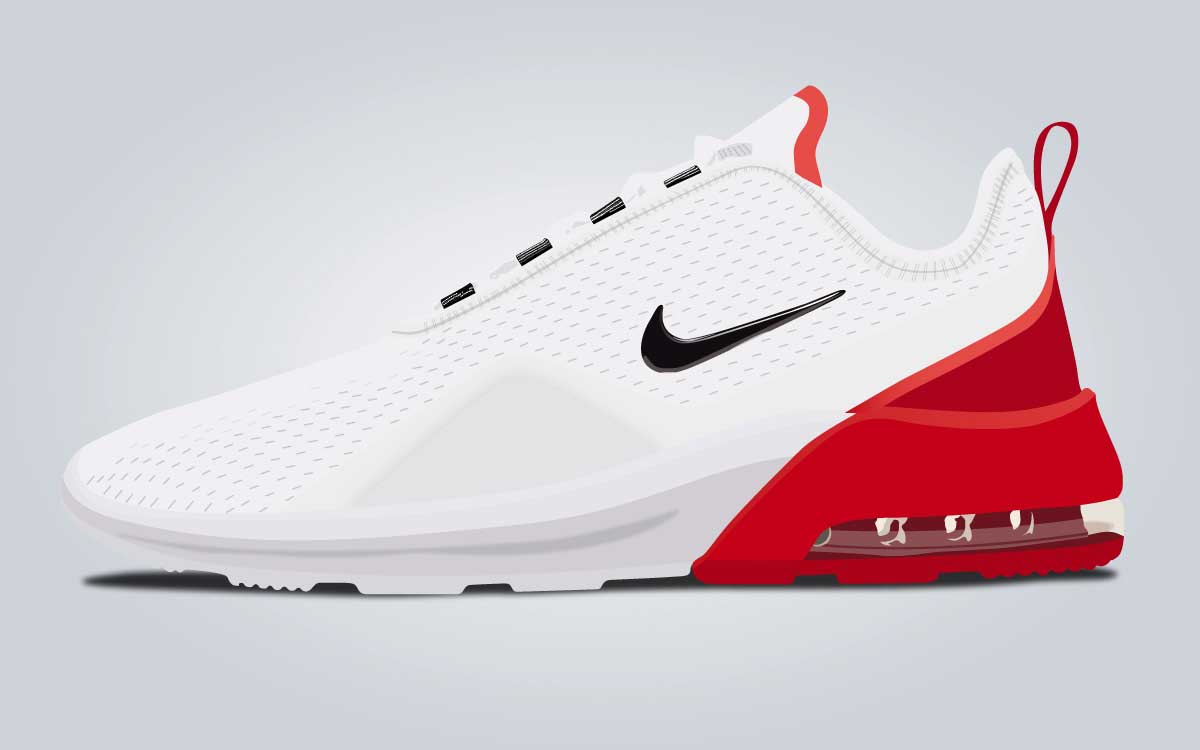
There are some cases when you should not use PNG as your image file extension. Because in such cases, it is not a good idea to use PNG as there are many other image file formats. So, you should go through with one of them. Then, what are those situations when you can’t use the PNG file extension in your image? They are,
For print issues: you shouldn’t use a PNG image file format when you are going to print out the image. PNG is not ideal for professional and quality type print design graphics because it won’t support non-RGB color spaces like CMYK. Although it is better to go with JPEG or TIFF when you have to print down your images. Another disadvantage of the PNG format is, that it tends to compress photos or artwork into larger file sizes. It is because PNG is a lossless web format and it keeps the image size and quality the same as it was before. Besides, modern digital cameras use EXIF metadata that doesn’t support a PNG file. With a PNG extension, you can’t work with animation and can’t save them into PNG format.
How to Open A PNG File?
Generally, people will save an image file into PNG format when they need to edit the image further or re-edit it later. If you found some images which include a PNG extension, then you can easily open them with the so-called editing software like Adobe Photoshop and others. Also, there must be default programs in every device’s operating system to open this format. Besides, google drive and the internet browser work to get rid of opening a PNG file image.
How to Convert A PNG File?
When working with images, you may need to convert your PNG file into another format or vice versa. However, the way is almost easy to convert a PNG file into another file PNG. If you have photo editing software, you can do this easily as that graphic design software will let you have the easy function of converting your image. Also, you can do this online by a specific website that offers the option of converting the image file format. That’s all we have found to inform you about the ping format. If you have anything to know that isn’t included in this article, then don’t forget to contact Graphic Design Eye.





 Services | All Kinds of Content Creation Services Company
Services | All Kinds of Content Creation Services Company

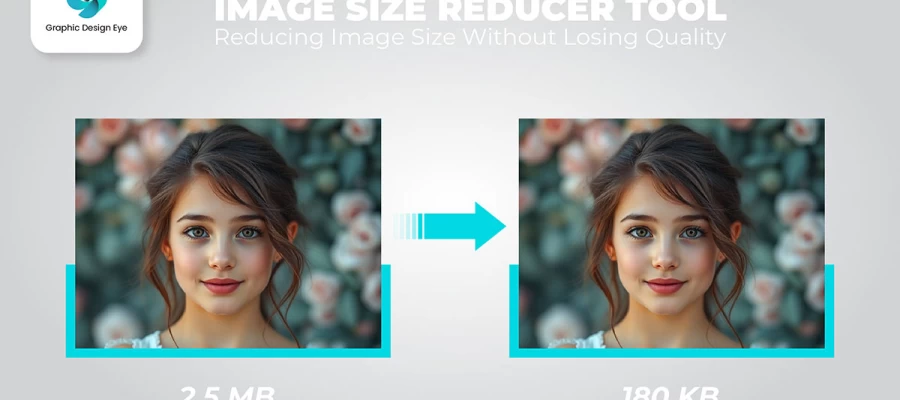

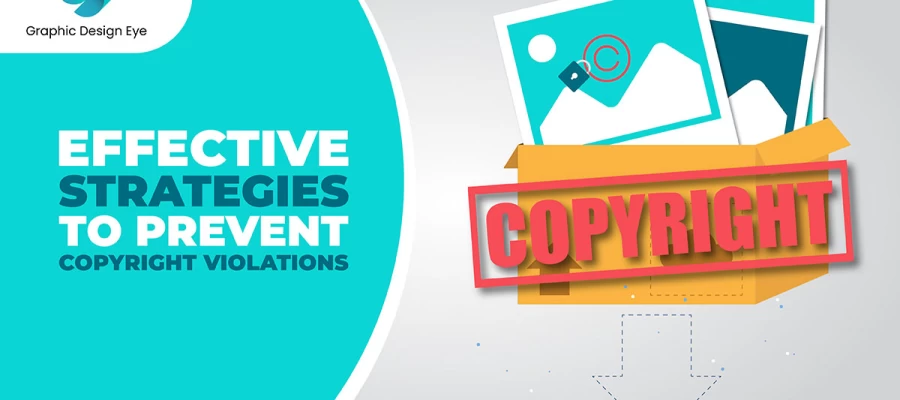






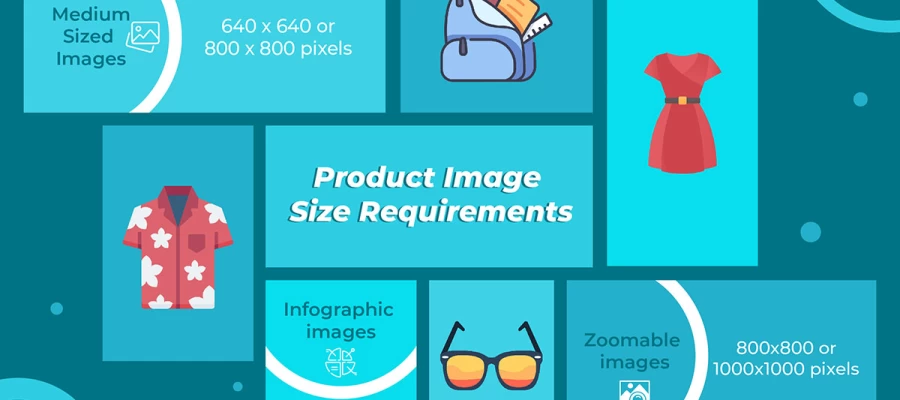


Your email address will not be published. Required fields are marked*